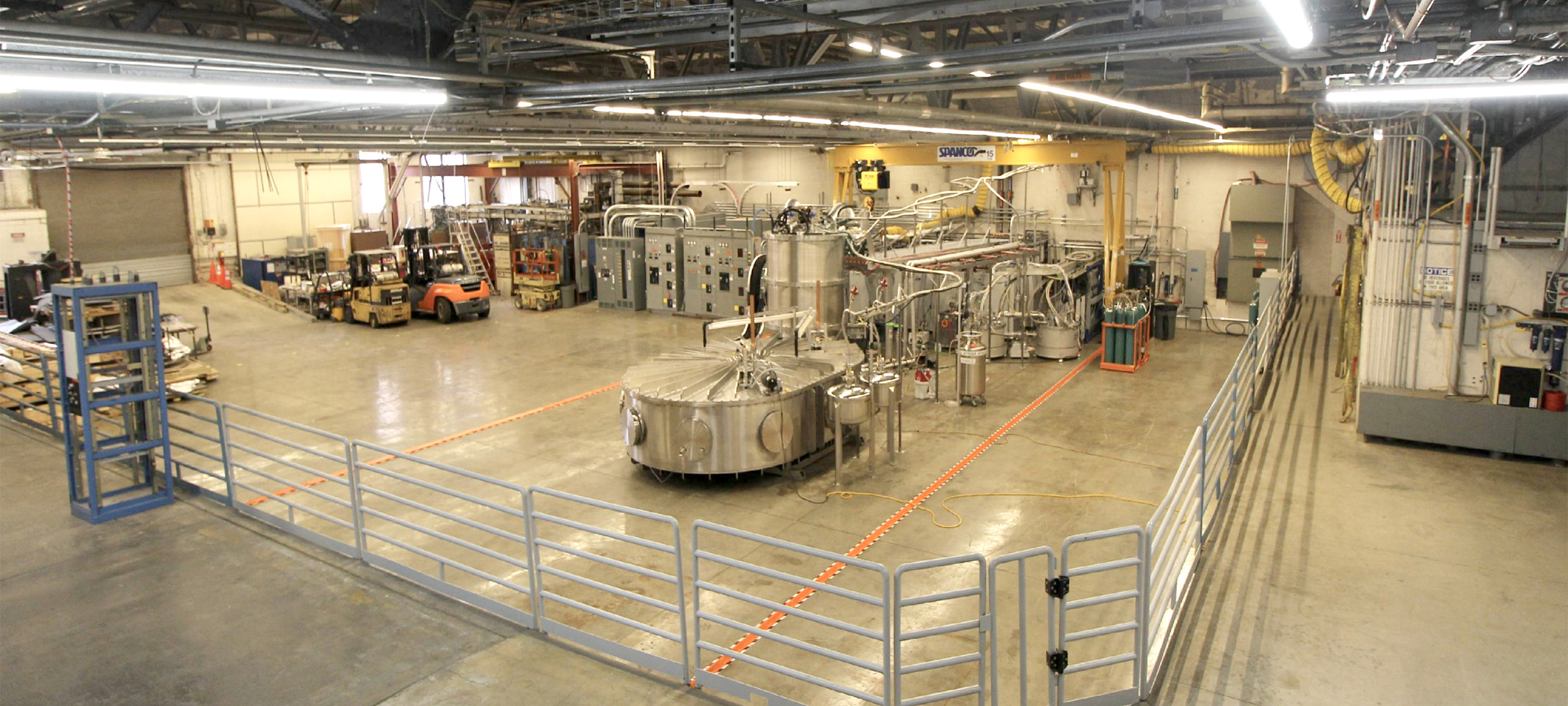Pumpdown to cool down and ramp
by Ted Golfinopulis / MIT PSFC. August 2021
In order for the TFMC to function, it must reach extremely cold temperatures — in particular, just under 20 kelvin — that’s -253 degrees Celsius, or -424 degrees Fahrenheit. This is because of the superconductor within the TFMC, which will only reach adequate current-carrying capability in such a cold conditions. These temperatures are not immediately relatable given our environment; indeed, for comparison, the temperature of Pluto is a warmer 33 K.
In order to reach such low temperatures, it is necessary to both cool the magnet, taking the heat out, and to insulate it, preventing the heat from coming in. The function of the cryostat is to insulate the magnet, and one of the ways that it does this is to create a vacuum barrier between the magnet and the atmosphere in the test cell. A vacuum is an excellent insulator because it eliminates two mechanisms of heat transfer — conduction and convection — both of which require a material medium between heat source and sink. The lower the pressure inside the cryostat, the better the insulation. Many people will be familiar with the thermal insulation properties of a vacuum from popular double-walled flasks used to keep beverages hot or cold for extended periods of time; our cryostat exploits the same principle.
At the moment that I am writing this, the pressure in the vacuum vessel is around 6.3 x 10-5 torr and dropping; for comparison, the pressure at the Kármán line — one way to define the boundary between the earth’s atmosphere and outer space — is about 4 times higher. Once we reach cryogenic temperatures on the magnet, the pressure will fall by another order of magnitude, still, as molecules condense on the very cold surfaces.
The TFMC test program progresses through five stages:
- pump down, during which we establish a sufficiently high vacuum in the cryostat to minimize heat transfer to the coil;
- cool down, in which we cool the thermal shield panels and current leads to near 77 K (-196 C, -321 F) with liquid nitrogen, and the magnet to just under 20 K (-253 C, -424 F) with helium;
- current ramp, in which we energize the coil, driving around 40 kA of current into the magnet in order to achieve our 20 T milestone;
- warm up, in which to coil is returned to room temperature;
- up-to-air, in which vacuum is finally broken and the cryostat returned to atmospheric pressure.
